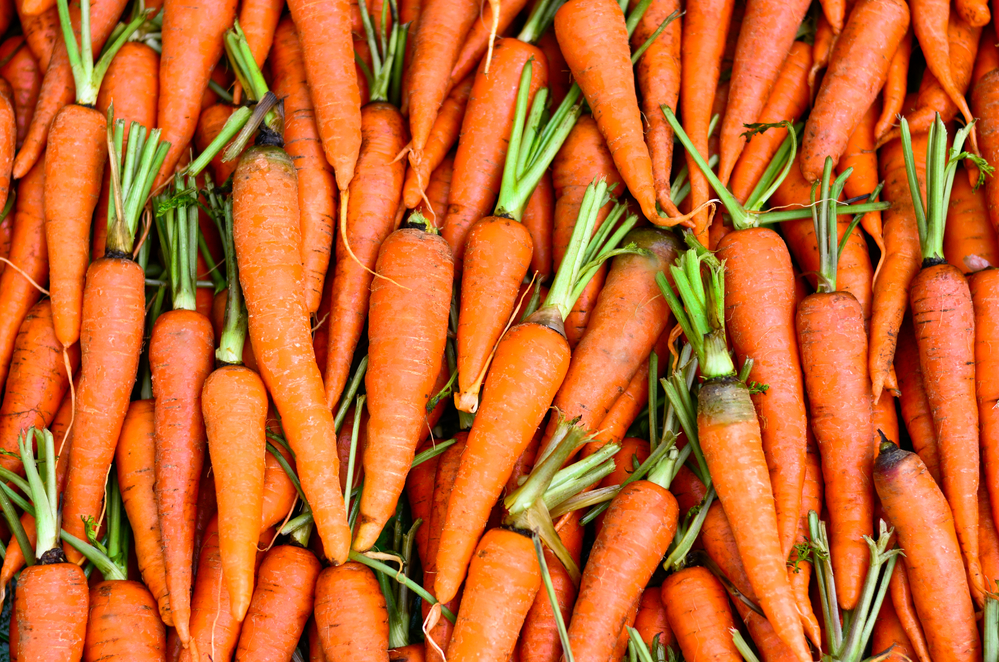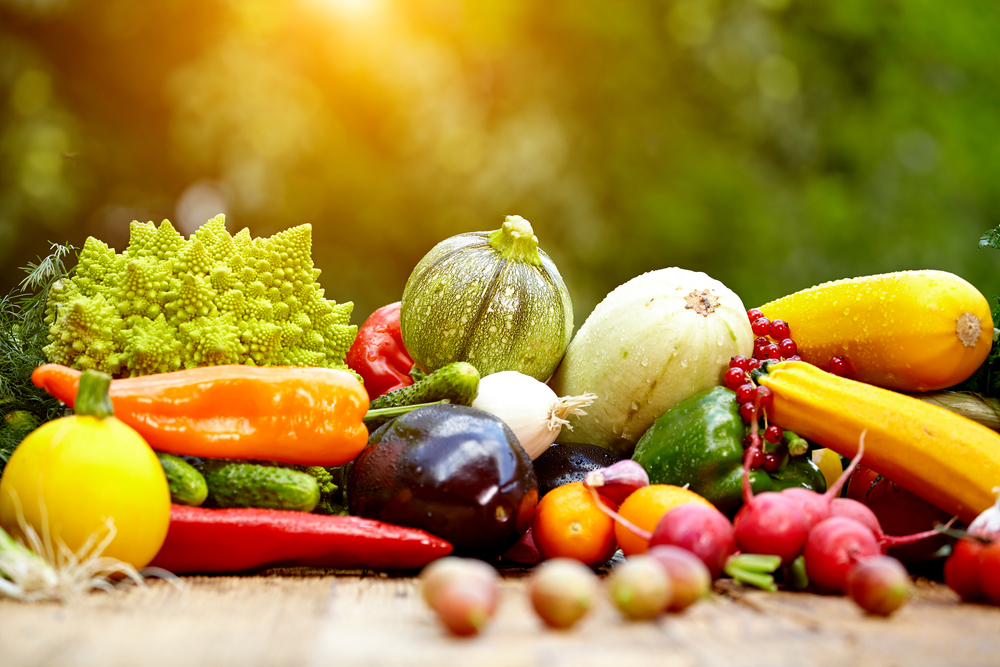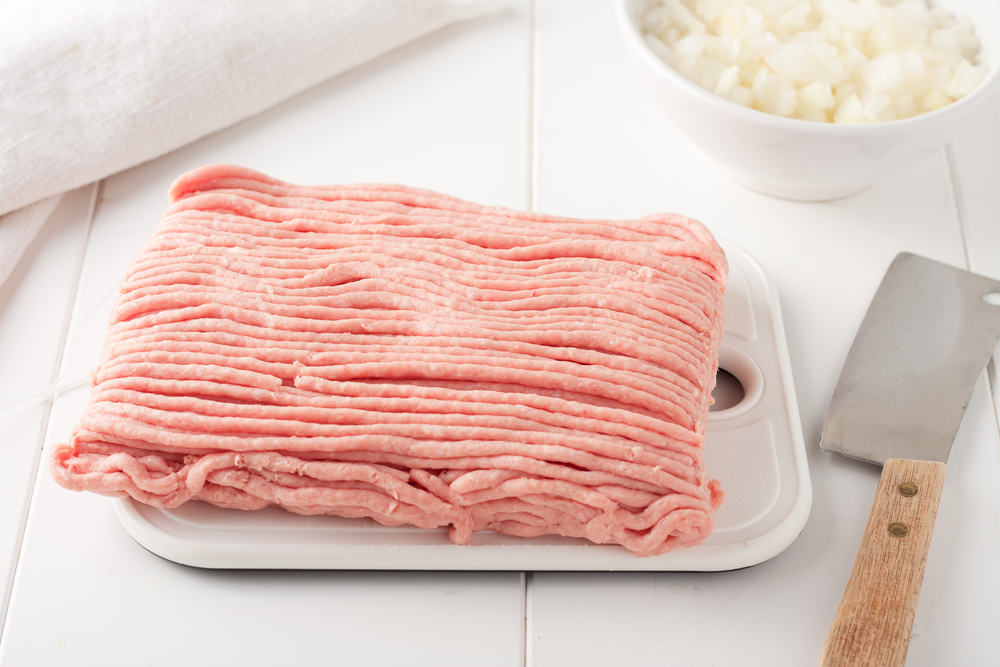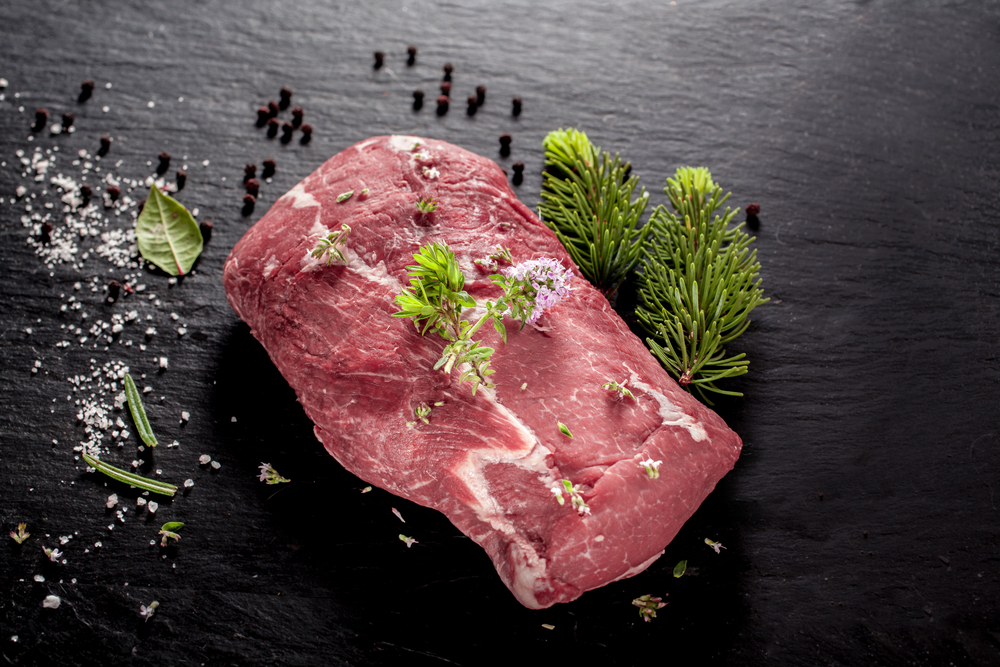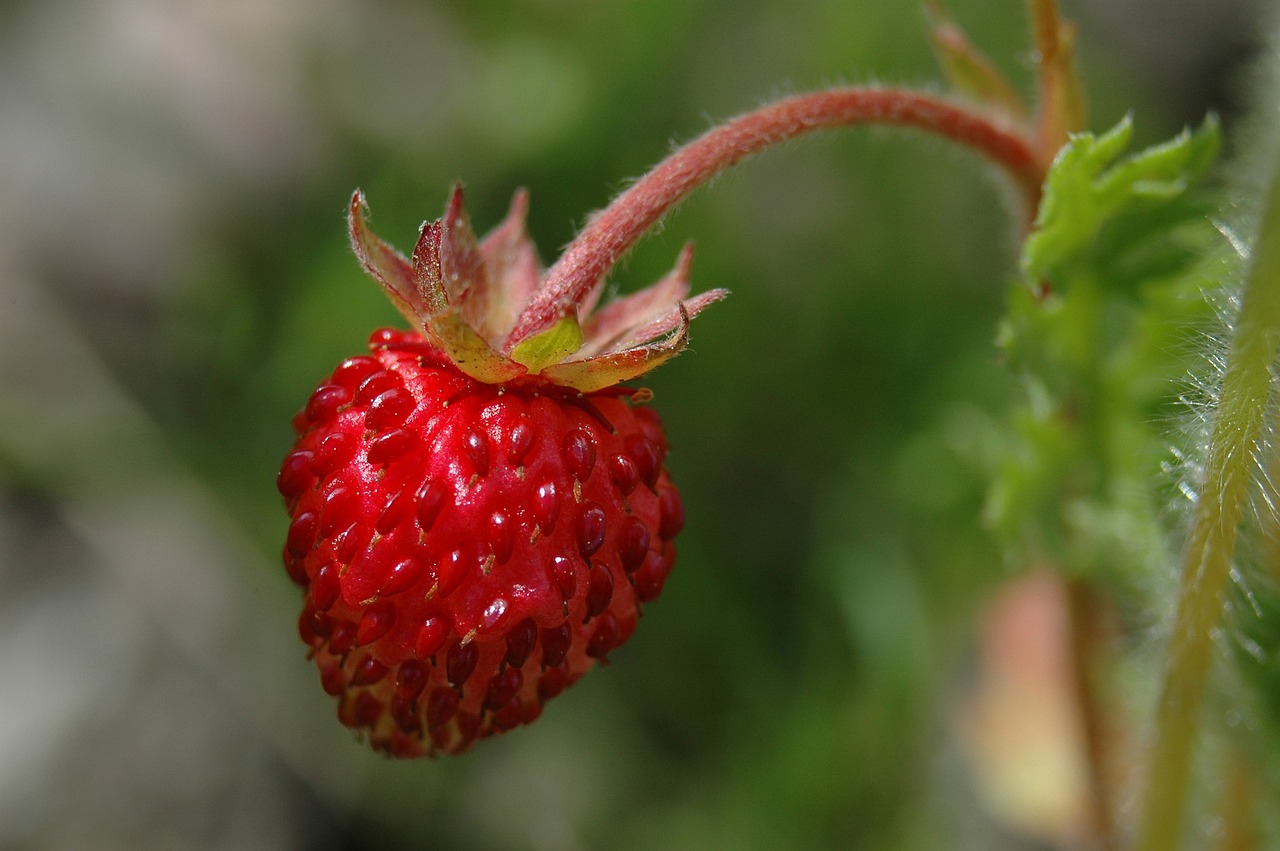Rice is a versatile dish, popular around the globe as a meal, snack, or side dish. Its default taste is so neutral that it can take on any flavor with the right seasoning. But is this a man-made dish? Or is rice a type of vegetable that can grow directly from the ground?
The answer is complicated; it depends on your definition of ‘man-made’. Rice has natural origins but was originally a wild grass known as Oryza rufipogon. Rice was domesticated and selectively bred over time to be what it is now.
Humans domesticated rice into a more recognizable form somewhere between 8,200 and 13,500 years ago. As demand grew for rice, scientists developed hybrids to allow for greater production than what was available at the time.
Hybrid rice was first invented in the 1960s by Chinese scientist Yuan Longping. Many stores today sell hybrid rice instead of native rice, as the former is 34% more profitable.
What Does Man-Made Mean?
Of course, you’ve guessed that it means something that has in some way been altered by humans. But what precisely qualifies something as being man-made? After all, everything on this Earth has in some way been affected by mankind in some way shape, or form.
In simplest terms, a man-made substance is anything that does not occur naturally. Anything that you would call artificial or synthetic is man-made. Sometimes that means things that are assembled in a factory or a workshop. Other times it refers to something manifested in a test tube in a science lab.
These are things you won’t find out there in the wild, growing out of the ground. So what does that mean for rice, which often grows in fields? Its evolution was dictated by humans, so is there room for a debate here?
What Is Considered Man-Made?
You may be aware that many breeds of dogs and other animals came about through human intervention. Rice and other such modern plants can also be categorized similarly. Our rice has certainly gone through some changes and selective growing to make it better for humans. In theory that might leave some room for subjectivity.
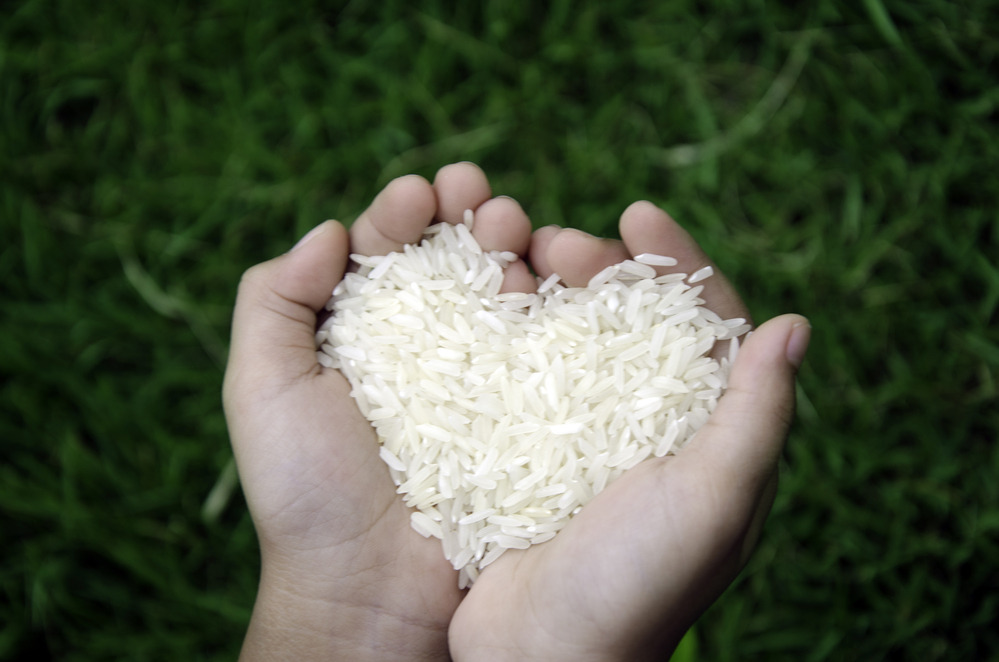
However, none of what we just listed would ultimately be considered man-made by definition. Some sites might list it as such, but technically speaking, rice is still considered natural due to its literal roots. Something that has been carefully bred by humans is different from something that you’d consider synthetic.
Think about it. If you have a dog that happens to be, say, a Yorkshire Poodle. You wouldn’t call them ‘artificial’, would you? I mean that just sounds cruel! Even though they might not have come into existence without humans, they still aren’t classed as man-made.
However… what does that mean for hybrid rice?
Is Hybrid Rice Man-Made Or Naturally Bred?
We mentioned hybrid rice as an invention by a scientist earlier in this article. Could it be that hybrid rice is synthetic? Well as it turns out, ‘invention’ might not really be the correct term, though others have also described it that way. A more accurate thing might be to say that he discovered hybrid rice through his research.
The term ‘hybrid rice’ simply refers to rice that is made through the cross-breeding of two very different parental sources. In other words, it’s the same distinction we made with breeding before. In point of fact, hybrid rice grows from the ground from fertilized crops like any other plant in the world.
How Was Rice Developed?
You likely already know that rice has Asian origins. Specifically, it was first domesticated in the Yangtze River basin in China. As mentioned it was originally a form of wild grass. Even now, rice crops and wild grass crops look the same from a distance.
A study from 2011 showed that all forms of Asian rice could be traced back to a single domestication event. According to that genetic study, this event took place potentially over ten thousand years ago.

The process is similar to other plants, with vegetative, reproductive, and ripening stages. Fields are prepped in advance for the rice, then flooded and seeded. After waiting for the rice to mature, it’s then harvested, milled, and put in storage.
- 15 Pound package
- California medium grain rice
- A great choice for everyday consumption
- All Natural
- Raised in California
What’s The Proper Way To Cook Rice?
Cooking rice is not always as simple as it seems like it should be. You need to know how much water you need for the amount of rice you’re making. A 1:2 rice-to-water cup ratio is ideal. Keeping in mind how many you want to feed is a key factor as well!
Rinse the rice repeatedly in cold water, then add the rice into a boiling pot of water, remembering the ratio. Reduce the heat and keep the pot covered, allowing the rice to simmer for roughly 18 minutes. From there you can fluff it with a fork and voila, it’s ready to serve.
How Many Different Types Of Rice Are There?
Too many to list off in an article of this size! Or any size, really. There are estimated to be over 120,000 varieties of rice out there! That just goes to show the versatility at play here. We’ll just briefly run through some of the most popular styles of rice!
White Rice
The most commonly known and popular rice in the US, when you think of rice, you’re properly picturing white rice. It’s a long-grain rice that has been milled so as to remove bran layers and outer husks. That leaves it few nutrients but is also what gives the trademark versatility that comes with being so neutral.
It can come in stir-fries, salads, pilafs and plenty of other dishes. It can also be served by itself with practically any seasoning or topping you can think of. It blends into the background and goes with just about anything.
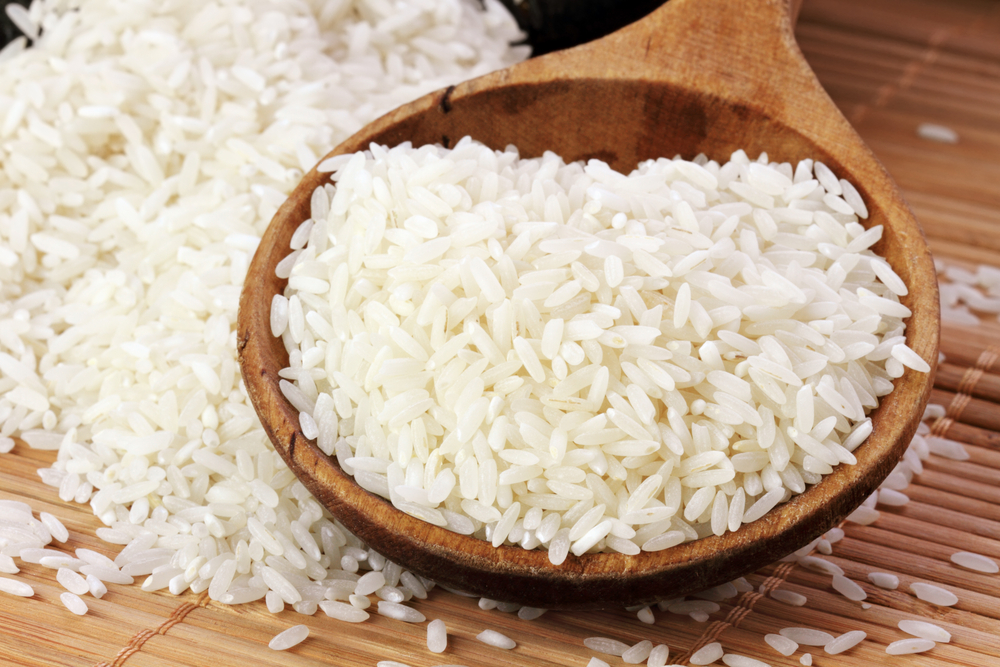
White rice is also very affordable, a big reason as to why it’s so common. In 2020, uncooked white rice was priced at 82 cents per pound in the US. That’s affordable on any salary… or lack thereof, honestly. Additionally, it has a longer shelf life than its main competitor, brown rice.
Speaking of which…
Brown Rice
Considered a healthier alternative to white rice, and one that can be easily substituted for it in any dish. While the outer husks have been milled out, the bran layer has been kept intact. That means it retained its nutrients, like fiber, iron, and plenty of Vitamin B.
With a nutty flavor and a chewy texture, brown rice is nutritious and delicious, and beloved by many. And while not as cheap as its white counterpart, it’s still very affordable. A 16-ounce bag of brown rice can go for around $2.75 US.
- 15 Pound Package
- California medium grain rice
- A great choice for everyday consumption
- All natural
- Raised in California
Red Cargo Rice
A long-grain Thai rice, it’s very similar to brown rice in its production. It too has had the outer husks removed but the bran layer retained. It’s also got the reddish brown color and nutty taste. However, it needs to be cooked longer than most rice and is chewier as well.
That’s because it’s absolutely nutrient-rich. And research suggests that it has ten times the antioxidants of brown rice. Translating that to English: that means it can aid in the prevention or management of some serious diseases.
Heart diseases, diabetes, and even cancer, all of them are thought to be staved off by a healthy helping of red cargo rice. It goes for around $4 a pound, making it pricier than the others, but still not crazy.
Black Rice
Originally known as forbidden rice or the emperor’s rice, due to being exclusively fed to Chinese emperors back in the day. And it’s no wonder, as it really is rice fit for a ruler!
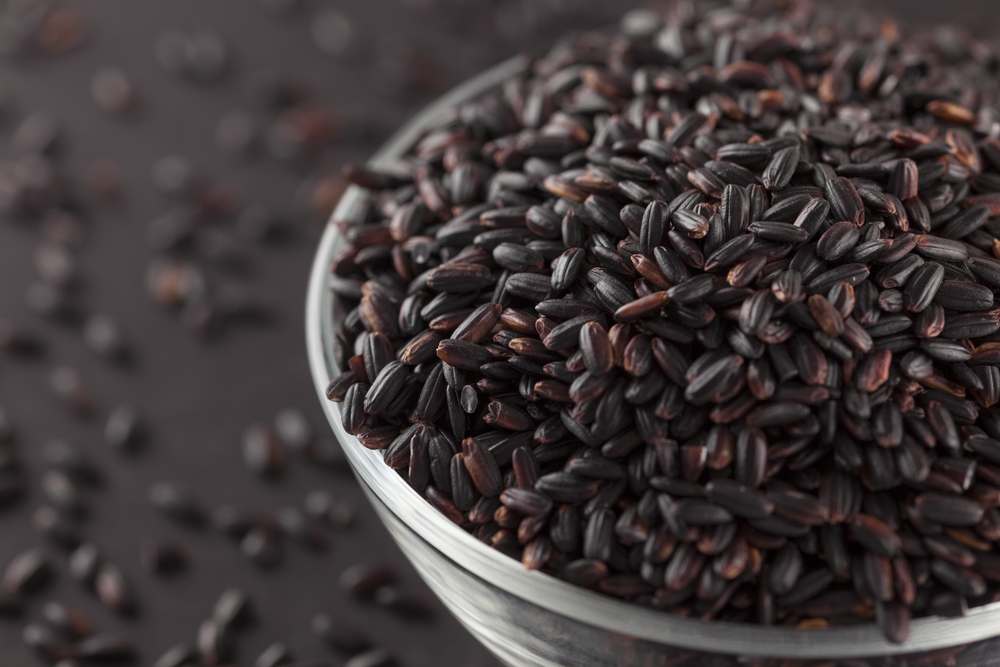
It effectively serves as a medium-grain equivalent to the long-grain red cargo rice. Its darkened color is caused by high anthocyanin levels. That’s the same antioxidant that its red brother has to go on!
That means it shares many of the same health benefits, with an added focus on fiber. Black rice can be used in any number of dishes, at the cost of five bucks a pound.
No products found.
Wild Rice
We all love throwbacks right? Wild rice is effectively grass, but then, so is regular rice, as we’ve learned. Grown around the lakes and rivers of the US Great Lakes, it’s frequently sold as a form of dried, whole-grain rice.
On the surface, it looks like it should be called green rice, in going with the typical naming convention. But, like a kernel of popcorn, it splits upon being cooked to reveal its white insides. It goes great in vegetable pilaf or mixed with nuts and dried fruit for trail mix.
It’s a very health-conscious option, being packed with nutrients, low in fat, and gluten-free. It’s not hard to find either, but it’s the priciest on our list, costing as much as $10!
In Conclusion…
Rice comes in all sorts, but one thing is for sure: rice is grown from the ground, like any other natural plant. While it and other fruits and veggies might be called man-made by some, this is inaccurate by definition.
Modern rice has been bred selectively throughout the years, a process that is guided by the human hand. Even so, it’s considered natural due to the way it’s made. While what counts as man-made is subjective, the dictionary is on our side here!
It turns out that there are a lot of gray areas here, but our verdict is clear. Rice is every bit as natural as other selectively bred fruits and veggies, like bananas, carrots, or corn. And now that you know the details, you can come to your own conclusion.





